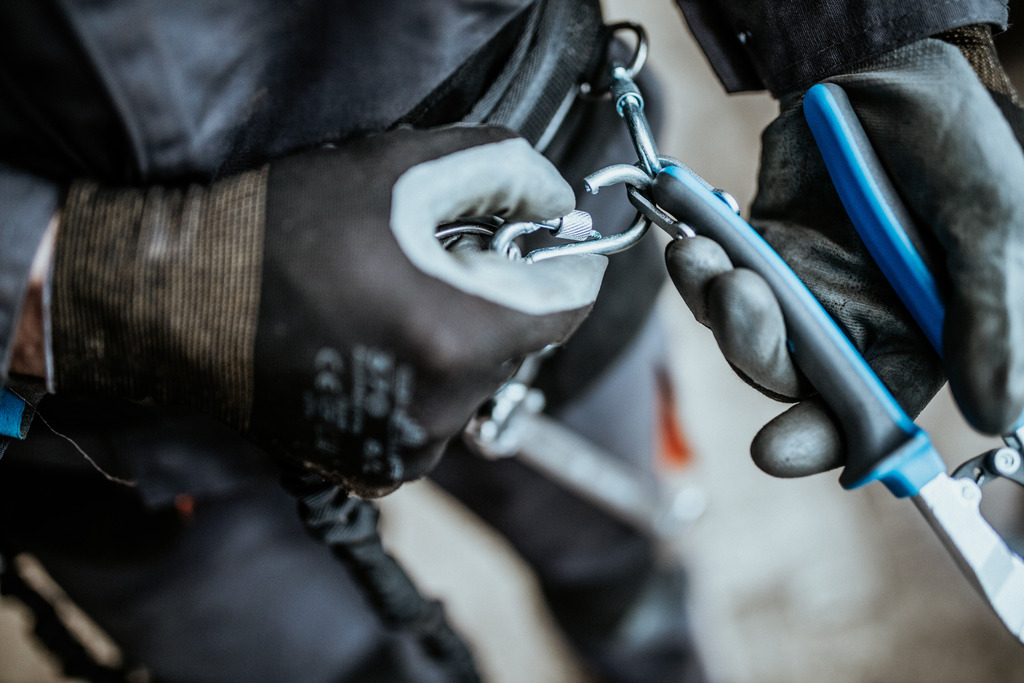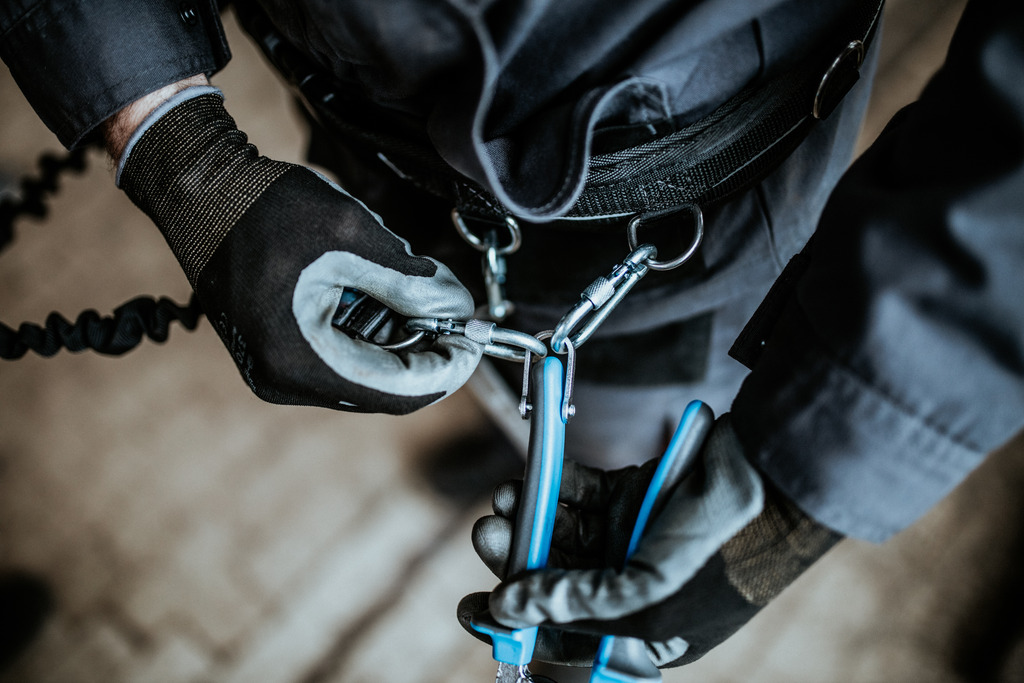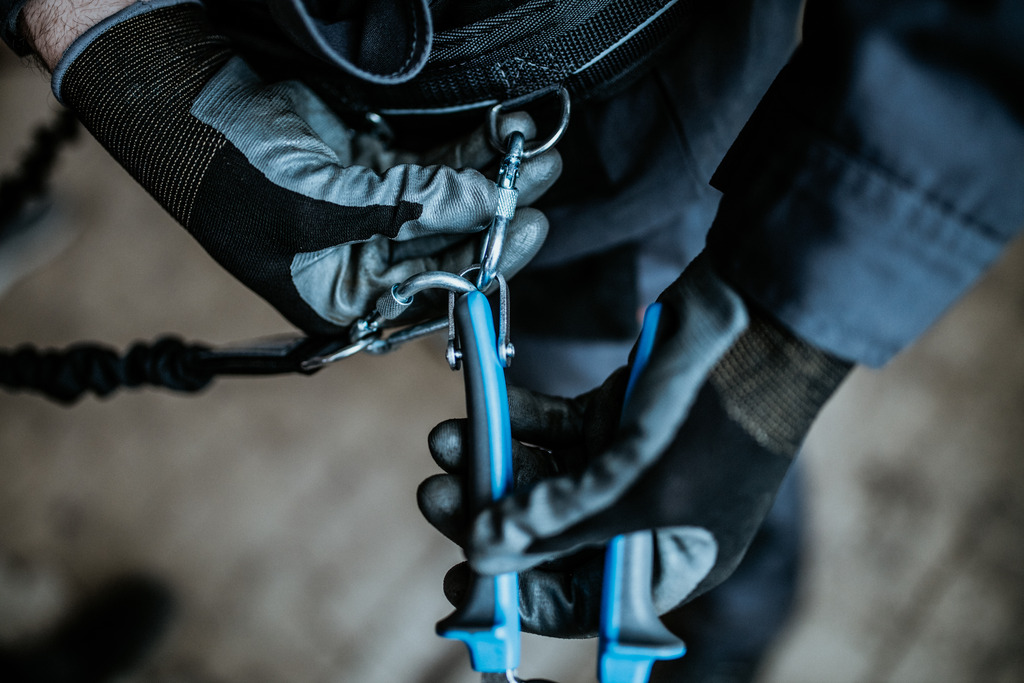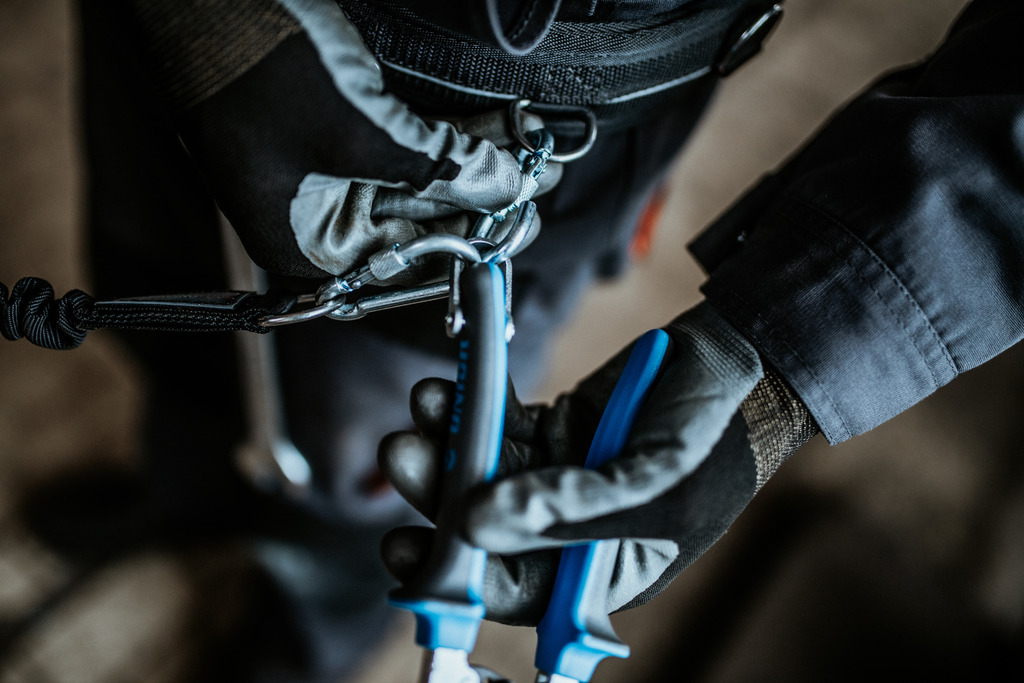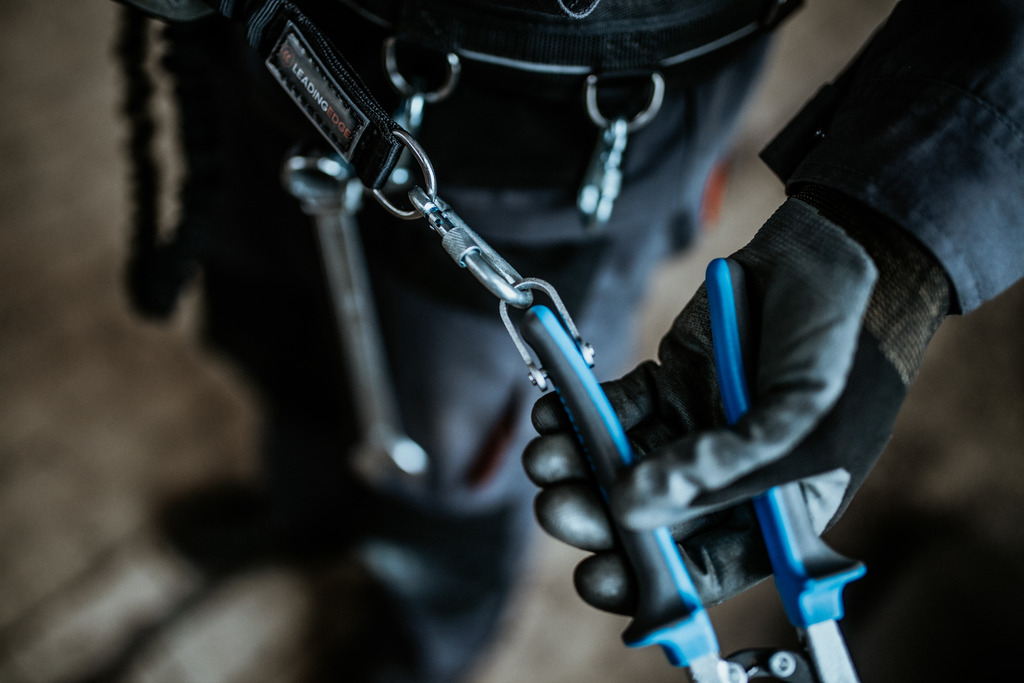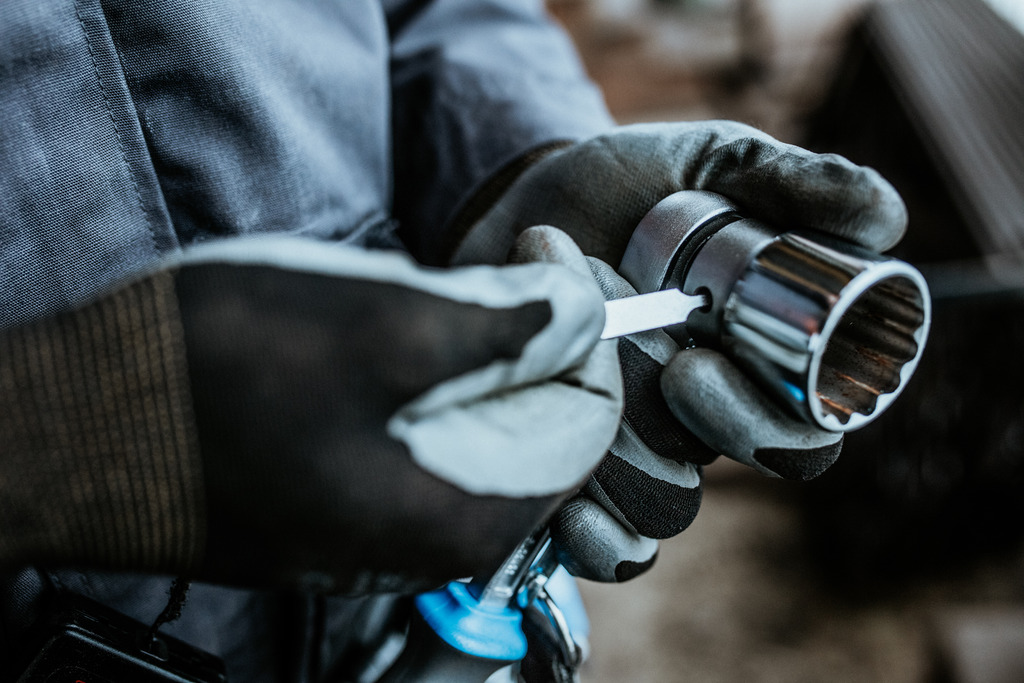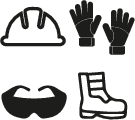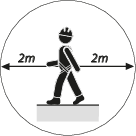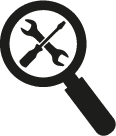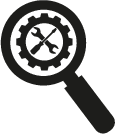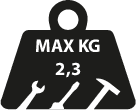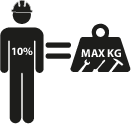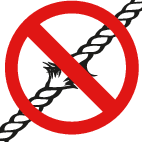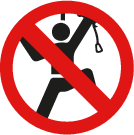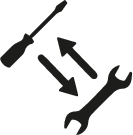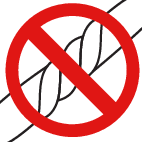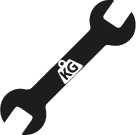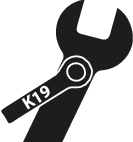Combination pliers, for safe work at heights
More About Product
Product features
- material: premium plus carbon steel
- drop forged, entirely hardened and tempered
- cutting edges induction hardened
- head polished
- surface finish: trivalent chrome plated according to ISO 1456:2009
- heavy duty double - component handles
- made according to standard ISO 5746
Advantages:
- In order to ensure the highest level of safety, the riveted metal ring is not mounted only through the plastic handles but is attached through the metal part of the tool handle.
- non-removable riveted metal ring
- tool weight is marked on each tool
- the rings on the tools are large enough to accept 2 carabiners
- Unior’s tools for working at heights have been designed to preserve the tools’ basic functions, ergonomics and utility, or to reduce them to the smallest possible extent.
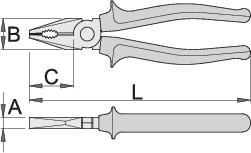
cutting capacity (10N=1kg)
 |  |  |  |
|---|---|---|---|
| 626958 | 160 | 1,6 | 2,0 |
| 626959 | 180 | 1,8 | 2,5 |
* Images of products are symbolic. All dimensions are in mm, and weight in grams. All listed dimensions may vary in tolerance.
Usage (pictures)
Safety tips

- Pliers should be oiled regularly. A drop of oil at the hinge will lengthen the tool life and assure easy operation.
- When cutting wire with pliers, you should always wear glasses or goggles.
- Handles are provided for comfort. They are not intended to give user any degree of protection against electric shocks and should never be used on live electric circuits.

- Don't use pliers for cutting hardened wire, unless specifically manufactured for this purpose.
- Don't expose pliers to excessive heat. This may ruin the tool.
- Don't use pliers as a hammer.
- Don't hammer on the handles. They may crack or break.
- Don't extend the length of plier handles to secure greater leverage.
- Don't use pliers on nuts or bolts. A wrench will do a better job and with less risk of damage to the fastener.
Safety (pictures)
Questions & Answers
-
Can we use a tool for working at height as a normal tool?A tool for working at height has the same usability as a normal tool, except that a non-removable riveted metal buckle is added to this tool.
-
Does the stated weight per tool for safe work at height also include the weight of the metal ring?The weight of the tool marked on the tool, included also weight of metal ring
HIGHLY EFFICIENT SOLUTIONS
Working at heights involves high levels of risk, so nothing can be left to chance. Unior – a synonym for high-quality hand tools, presents a line of tools specially adapted for working at heights in order to avoid dangerous falls.HIGH-QUALITY TOOLS FOR SAFE WORK AT HEIGHTS
Tools for working at heights are standard tools equipped with attachment points. secured tools significantly increase job safety.High precision
Unior’s tools for working at heights have been designed to preserve the tools’ basic functions, ergonomics and utility, or to reduce them to the smallest possible extent.















